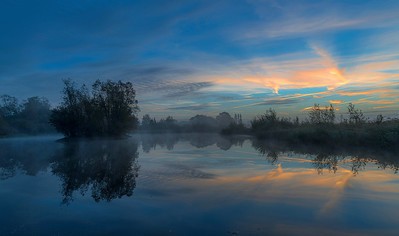
Scientists have discovered evidence or proof that Earth used to be covered by a worldwide ocean that transformed it into a "water world" over three billion years ago. In relation to this, revealing chemical signatures was also traced in an olden chunk of ocean crust pointing to a planet that used to lack continents, which are considered the largest landmasses on this planet.
If such discoveries are validated by future work, they are sure to help researchers to enhance their theories on how. and where, the first one-celled organisms appeared on this planet, and what other worlds could possibly be inhabitable.
According to an article in "Nature Geoscience," Earth, minus the developing continents, may have looked like the Hollywood film 'Water World', providing an essential ecological limitation on life's origin and evolution on earth, not to mention, its probable existence anywhere.
University of Colorado's Boswell Wing, along with former postdoctoral student, Iowa State University's Benjamin Johnson launched a project "to break fresh ground" in the argument over how the olden Earth might have appeared.
ALSO READ : Antarctic Ice Walls are Now Cimate's Protectors
Why the World's Beaches Disappear
The pair's work focuses on a geological location also known as the Panorama district located in the outback of north-western Australia, where a 3.2-billion-year-old "slab of the ocean floor has been turned on its side.
Moreover, locked inside the early crust are chemical hints about the seawater that was considered to be covering the earth during that time.
Also, the scientists concentrated on various oxygen types that seawater had absorbed into the crust.
Specifically, they evaluated the comparative volumes of two isotopes, the naturally slightly-heavier oxygen-18, and oxygen-16, in over a hundred stone samples.
They discovered that seawater had more "oxygen-18 when the crust was formed over three billion years ago." They believe that the most possible explanation here is that this planet did not have continents at the time these formed.
Apparently , the clays they have, absorb the heavy oxygen isotope of the ocean. Johnson further explained that "minus the continents above the ocean, the value of oxygen would be distinctive from today," and this was exactly what they discovered.
Not Necessarily Landless
The said discoveries don't mean this planet was entirely landless during that time.
More so, the scientists have a suspicion that small micro-continents may have pushed out of the ocean everywhere. Nevertheless, they don't think that the Earth hosted massive soil-rich continents similar to those dominating the Earth today.
The researchers also note that other explanations are possible. More so, a similar chemical signature could possibly take place if continents started to form quite slower in the past than today. Or, if the clays the continents contain that absorb heavy oxygen isotopes that formed in the sea, instead of, on land.
It remains a mystery, when the firsts of the continents ultimately formed, possibly by means of gradual slowing of the loss of heat from the interior of the Earth.
© 2026 ScienceTimes.com All rights reserved. Do not reproduce without permission. The window to the world of Science Times.










